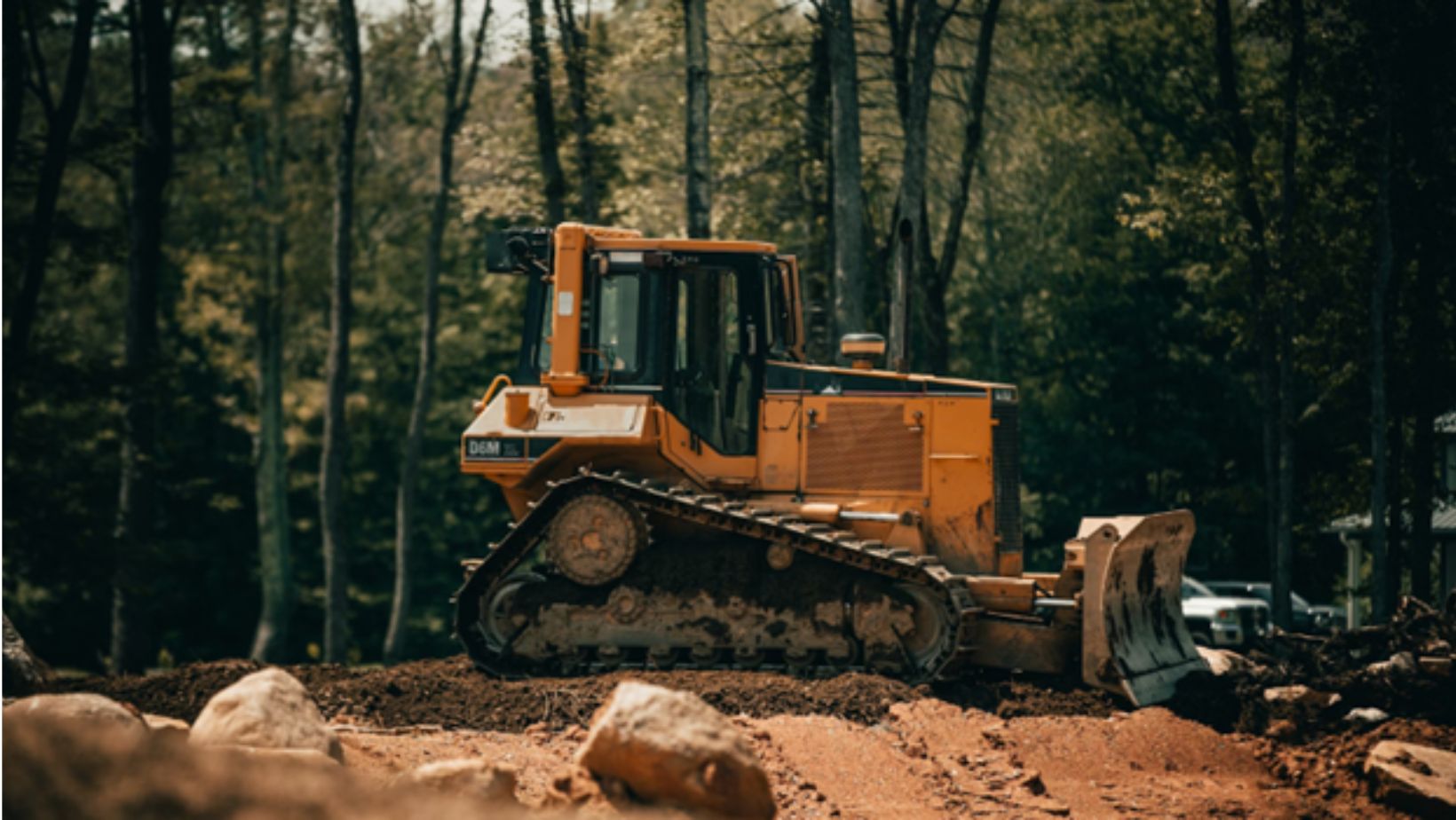
Renting heavy equipment has become a practical solution for contractors, construction managers, and businesses across industries. With high upfront costs and ongoing maintenance required for ownership, renting provides a flexible alternative. Understanding which equipment is most commonly rented helps businesses plan efficiently, optimize budgets, and choose the right tools for their projects.
8 Heavy Equipment Categories Rented
Forklifts and Telehandlers
Warehouses and industrial sites rely on forklifts for efficient material handling. With their extended reach, telehandlers are commonly rented for construction projects requiring precision material placement at height. For example, telehandler rentals in Las Vegas are popular due to the city’s booming construction projects, including large-scale commercial and residential developments. These machines improve efficiency in logistics and operations, making them a valuable choice for contractors in growing urban areas like Las Vegas.
Excavators
Excavators are a staple in construction and are frequently rented for tasks such as digging, trenching, and demolition. Attachments like augers and breakers enhance their versatility. Mini excavators are popular for tight spaces, while long-reach excavators excel in specialized applications.
Loaders
Loaders, including skid-steer, wheel, and backhoe loaders, are essential for material handling. Skid-steer loaders are favored for their compact size and maneuverability, while wheel loaders handle larger volumes of material. Backhoe loaders combine digging and loading capabilities, making them a multi-purpose choice.
Aerial Work Platforms
Aerial work platforms like boom lifts, scissor lifts, and cherry pickers are some of the most commonly rented equipment.

These machines are essential for safely accessing elevated areas during maintenance, construction, and painting jobs. Boom lifts offer horizontal and vertical reach, while scissor lifts excel in indoor and narrow spaces.
Bulldozers
Bulldozers are indispensable for land preparation, grading, and earthmoving. Their robust build and attachments enable them to tackle heavy-duty tasks, making them ideal for large-scale infrastructure and construction projects.
Cranes
Cranes are essential tools because they can easily lift and move heavy materials. Tower cranes dominate urban construction projects, especially for high-rise buildings, while mobile cranes are versatile for various job sites. Their rental popularity stems from their high cost and limited use outside specific construction phases.
Compactors and Rollers
Compactors are critical for groundwork and roadwork. Rollers are rented for large-scale soil and asphalt compaction, while plate compactors handle smaller, more precise tasks. Their ability to stabilize foundations makes them a frequent choice for contractors.
Generators and Light Towers
Generators provide essential power for tools and machinery on remote job sites, while light towers ensure visibility during nighttime or indoor projects. These machines are often rented together to maintain productivity and safety.
Benefits of Renting Heavy Equipment
Renting heavy equipment offers several advantages, making it a preferred choice for many businesses.
Cost Savings and Flexibility
Renting frees companies from large upfront expenditures, making it easier to optimize their financial resources.

It also provides flexibility to scale operations based on project demands.
Access to Advanced Technology
By renting, businesses can utilize the latest equipment models without the long-term commitment. This ensures projects are completed with high efficiency and safety.
Reduced Maintenance and Storage Costs
Rental agreements often include maintenance and support, reducing downtime, and repair expenses. Additionally, businesses avoid the cost of storing equipment when not in use.
Expert Support and Training
Rental companies often provide training and support to ensure operators are familiar with the equipment. This shortens the adjustment period, allowing for greater productivity.
Final Thoughts
The heavy equipment rental industry offers businesses a practical solution for meeting their project needs without the burden of ownership.
Due to their versatility and efficiency, excavators, loaders, aerial lifts, bulldozers, forklifts, cranes, compactors, and generators are among the most commonly rented machinery.
By understanding rental trends and evaluating project requirements, businesses can make informed decisions, ensuring successful and cost-effective operations.







